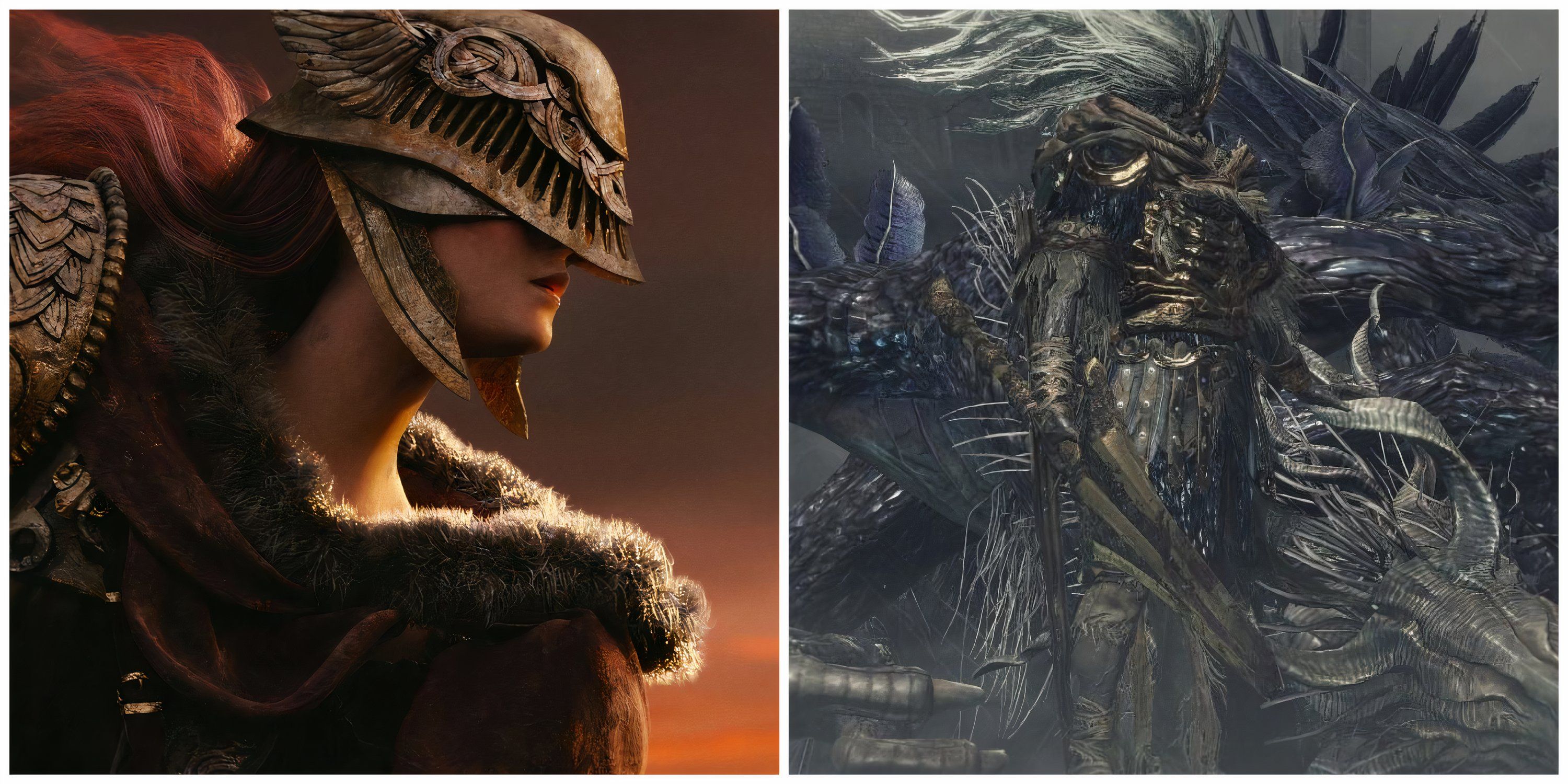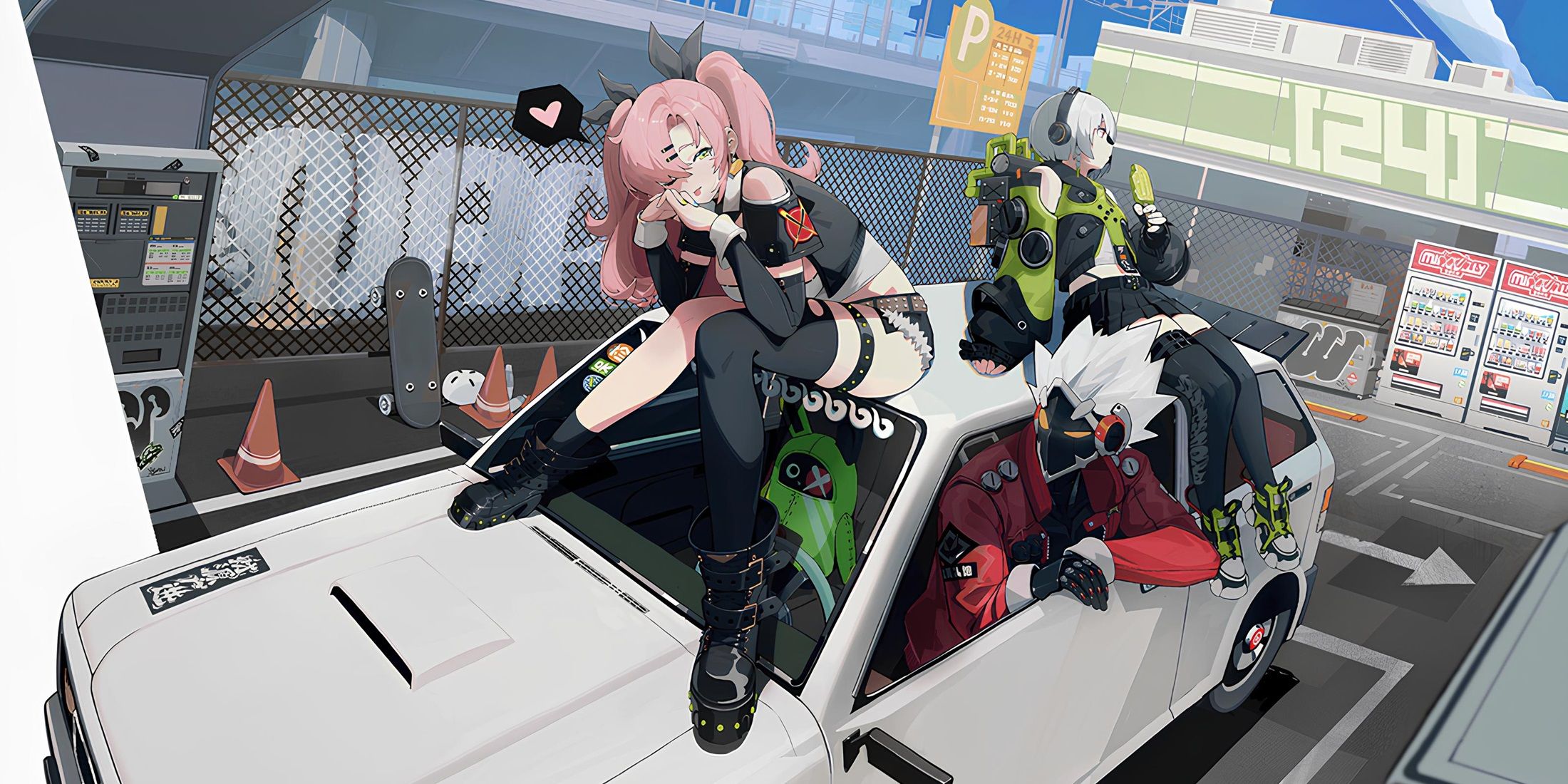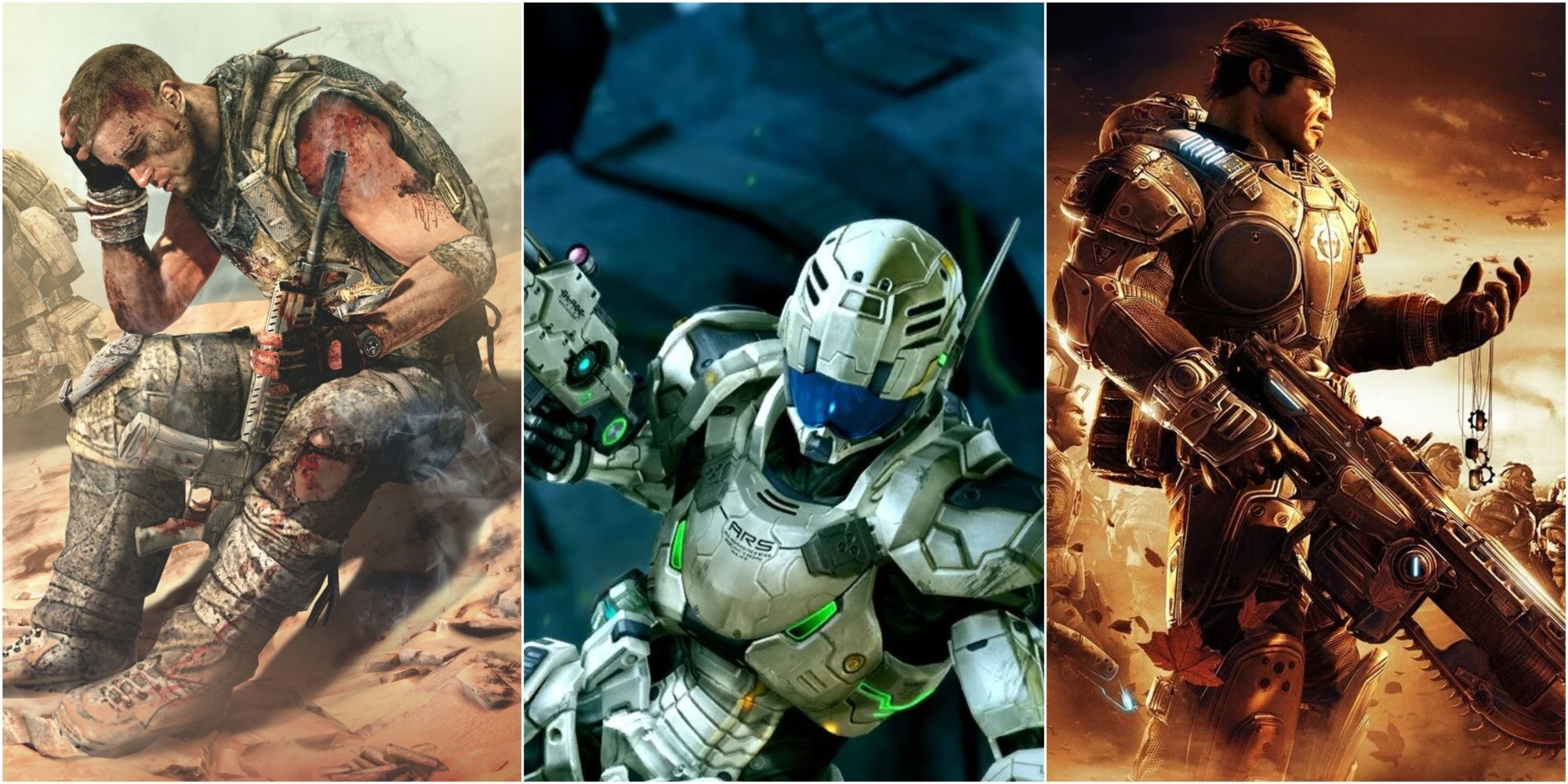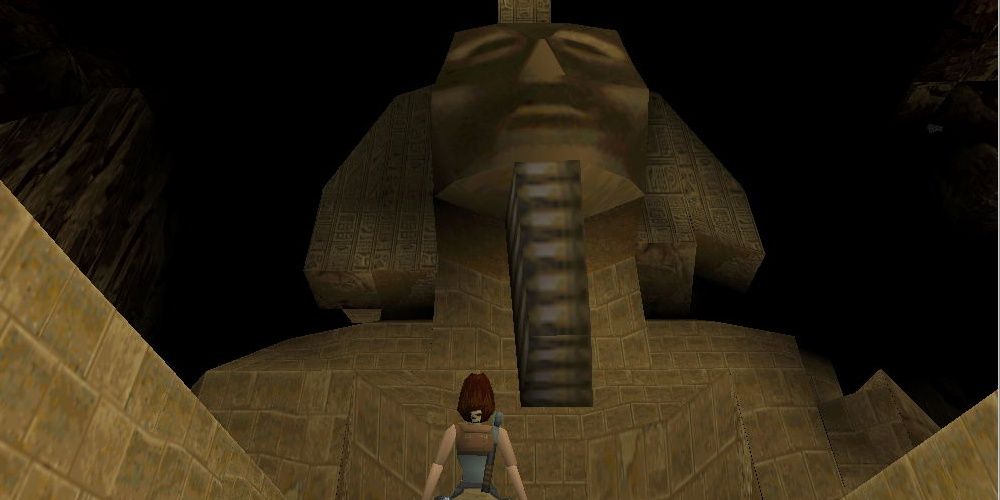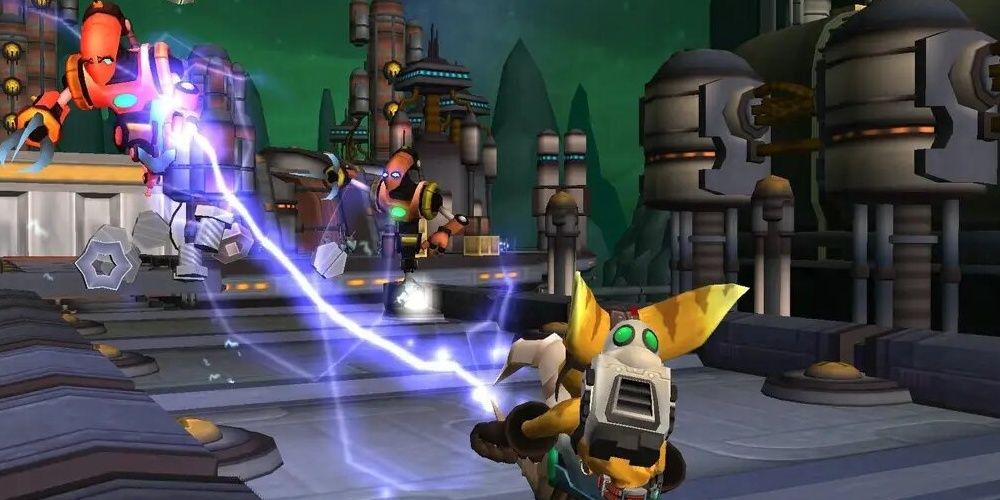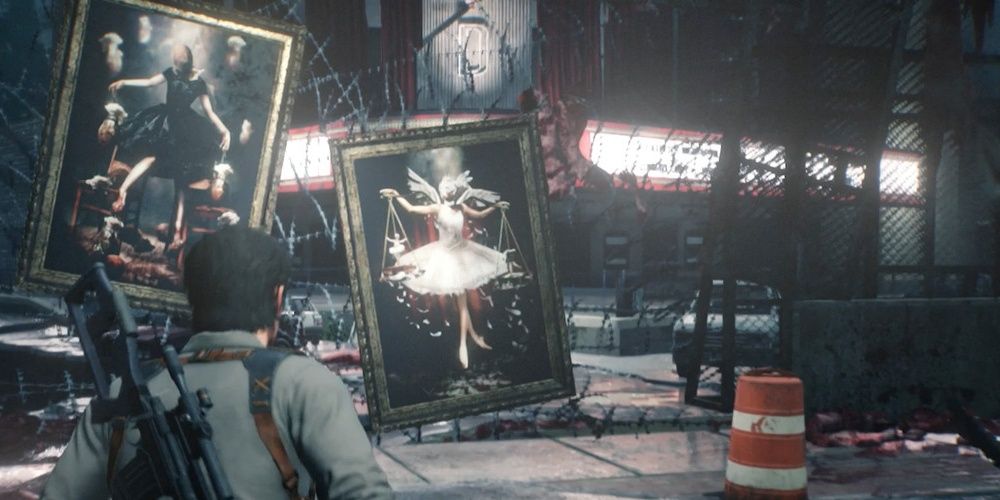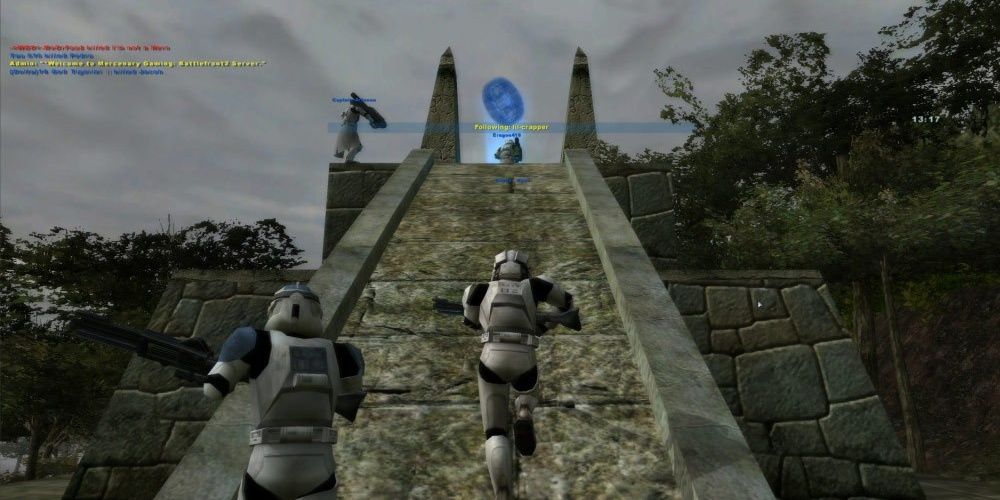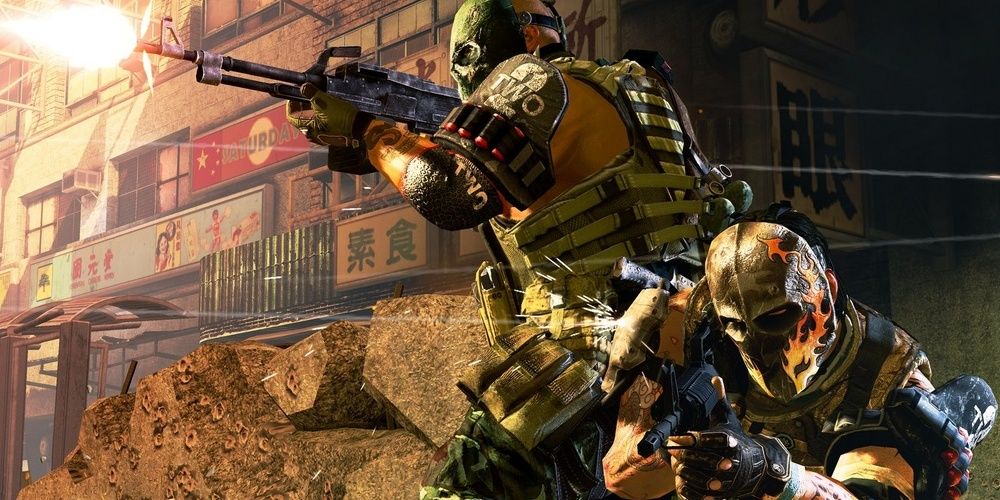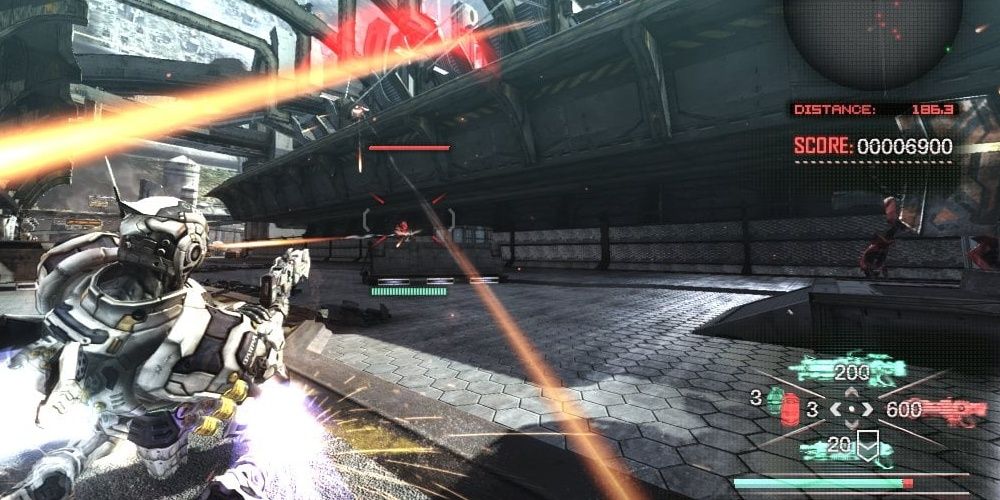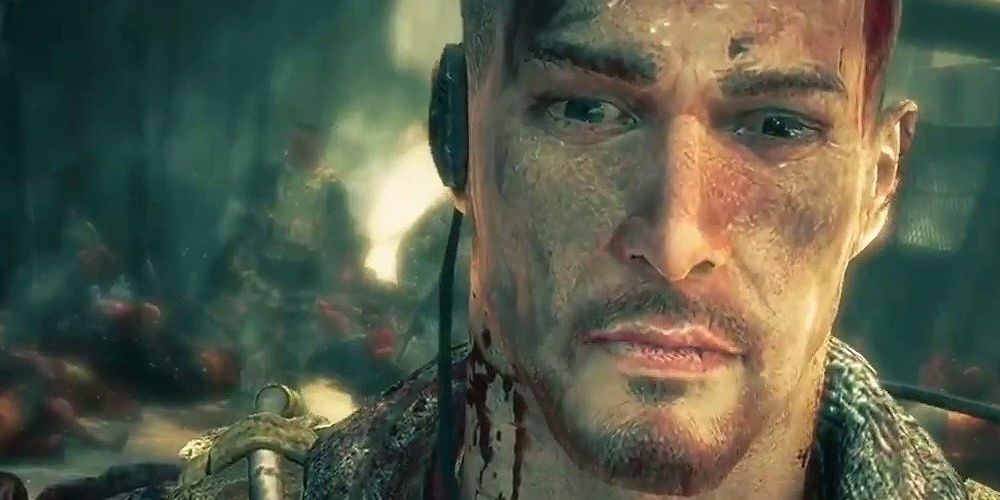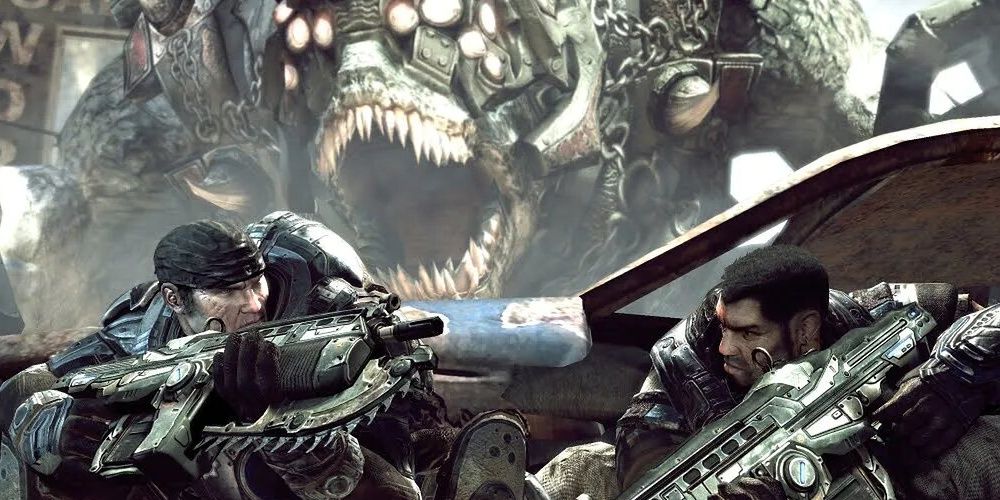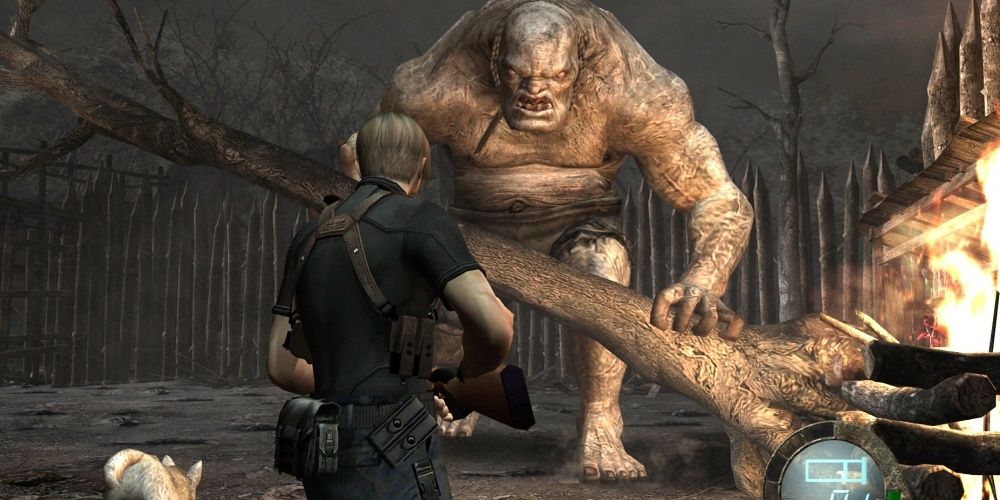Third-person shooter games aren't exactly a rarity these days. In fact, it has been one of the most popular sub-genres for many years, but the formula of how to actually develop a third-person shooter wasn't clearly set out until a few ambitious games influenced the way developers would see them forever.
Many of these games showed how fast-paced and action-packed gameplay could be improved drastically just by switching to a third-person camera angle as opposed to first-person, with third-person shooter games really beginning to make a name for themselves in the early 2000s as being something completely new, fresh and unique.
Many third-person shooters we see today tend to be made from a combination of systems and enhancements made by similar games beforehand, with each title building off one another to create amazing games that showcase just how much of an impact a fixed third-person camera angle can have on the overall quality of a game.
9 Tomb Raider
Movement in a 3D space had never been so seamless and fluid as it was in the first Tomb Raider released in 1996. While the game's visuals certainly show their age nowadays, it's hard to argue that flipping between platforms and leaping around in tombs isn't still as enjoyable today as it was over two decades ago.
It's very easy to see the DNA of this game in future action-adventure third-person shooter games like Uncharted, and the fairly recent Tomb Raider reboot trilogy has also helped to visualize the type of game developers Core Design was trying to craft all those years ago with this original release.
8 Ratchet & Clank (2002)
The original Ratchet & Clank was a fast, frantic, and incredibly fun third-person game that was designed in a way so that players would be back in action as soon as possible. While Ratchet is able to buy new weapons and interact with several key NPCs, for the majority of the game he will be taking down hordes of enemies with unique and destructive weapons to reach the next checkpoint.
This gameplay loop has become the go-to for many fast-paced third-person shooters today, but it was Ratchet & Clank that really made it popular and proved that it could work so long as the story and combat encounters were engaging from start to finish.
7 The Evil Within 2
Before the release of The Evil Within 2 in 2017, there weren't really any horror games that successfully managed to combine an open world with a surreal story and intense atmosphere, but Tango Gameworks more or less perfected it in their sequel to the cult classic original game.
As players control detective Sebastian Castellanos with a tightly focused over-the-shoulder camera angle, they will be required to explore the depths of the STEM system, searching for every last bullet they can get their hands on to survive, alongside hunting down a few hidden weapons along the way. Evil Within 2 showed that third-person horror games really can go open world and not end up feeling slow or boring.
6 Star Wars Battlefront (2004)
The gigantic firefights that players were able to jump into upon booting up the original Star Wars Battlefront was truly breathtaking at the time, with it often being hailed as one of the greatest multiplayer games of all time for its level of customization and amazing Galactic Conquest mode.
While Halo had demonstrated years before how enjoyable a multiplayer mode could be, Battlefront expanded the scale of combat while also granting the player a completely different viewpoint thanks to the drawn-out camera, allowing players to evade explosions and bullets by rolling around, or by strafing at lightning speed as one of the mighty Jedi or Sith Lords.
5 Army Of Two
The Army of Two series is truly an underrated group of games that were let down due to their fairly lackluster stories and characters, but the gameplay was incredibly innovative for the time and includes a few key mechanics that were very risky, but actually paid off extremely well.
This was especially true with the Aggro system where one player would fire at enemies to draw their attention, allowing the other member of the duo to flank around for a few quick kills. This would become a necessary component in all third-person co-op shooters going forward, with Army of Two really being the first game to experiment with the gameplay and AI of the genre in a way it never had been before.
4 Vanquish
After the huge widespread success of Resident Evil 4, Shinji Mikami would go through a short period of making a handful of incredibly unique and creative games including God Hand and Shadows of the Damned, but one that really blew gamers away for its relentless pace and razer-edge gameplay was Vanquish.
As soon as players suit up as the cocky and sharp-tongued super soldier Sam Gideon, they are free to glide around the stages using Sam's rocket boots and slow down time with the Augmented Reaction (AR) system which allows the player to catch the perfect shot amidst all the chaos. Vanquish took what made the cover shooter element of third-person shooters so fun, and injected it with a dose of explosive action, bringing the "Bullet Hell" shooter genre from the 90s into a modern era with a brand new third-person camera.
3 Spec Ops: The Line
When Spec Ops: The Line was first released among what felt like a dozen other third-person war games at the time, many people wrote it off as another basic and fairly standard shooter that wouldn't be anything more than average. After all, the marketing and game cover made it seem like that was all the game was, but little did people know that this was an intentional ploy to turn the third-person subgenre completely on its head.
While there had been some gruesome and bloody first-person shooter games before like Doom, blood splattering and violent action would eventually become more linked to third-person shooters after the sudden emergence of Gears of War, and this had been the norm for many years until Spec Ops The Line, which is largely a critique of the mindless killing players had gotten used to in shooter games. The theme of questioning the moral ambiguity of mercilessly killing waves of enemies in games has been a core message of many shooters since Spec Ops was released.
2 Gears Of War
The reason first-person shooters had become the go-to for any game that was trying out multiplayer for a few years was that it forced players to peek out of cover, resulting in chaotic but highly enjoyable gunfights, but Gears of War proved that "cover shooters" could be just as, or even more exciting than anything first-person games could produce.
With the tap of a button, players would immediately stick to cover, making gameplay feel fast and fluid without having to remain in one spot for too long. The perfect reload system and dangerous one-hit kill weapons would make every encounter incredibly frantic, with highly skilled players being able to bounce around maps picking people off with devastatingly strong shotguns and revolvers. Gears of War not only birthed the third-person cover-based subgenre, but it managed to perfect it in a way that no one could have expected.
1 Resident Evil 4
Despite many third-person shooter games trying to be as intense and chaotic as possible in their gameplay, many of them struggled to keep a consistent camera angle that wouldn't just aimlessly hover around unresponsively, but Capcom managed to find an angle that nearly every third-person game would replicate going forward with the release of Resident Evil 4.
As players blasted their way through hordes of dangerous Ganado to rescue the president's daughter, they were able to easily control Leon thanks to how close the camera was to his shoulder, making aiming more seamless and accurate than ever. This also allowed players to perform exciting melee attacks on enemies which was never possible in first-person games, with the game really proving what the third-person shooter subgenre was capable of, even being able to completely redefine a classic horror genre.

